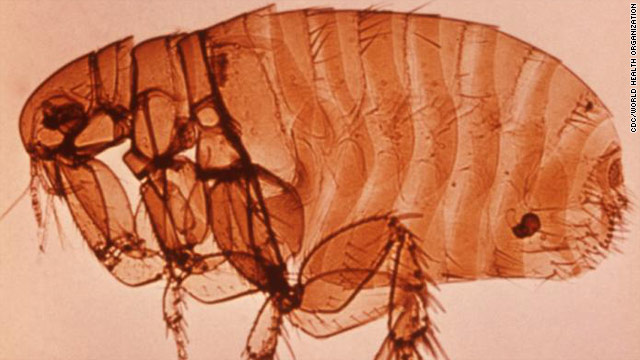 Modern outbreaks – swine flu, bird flu, SARS – have been scary and deadly, but they don't hold a candle to a plague called the Black Death. The disease killed an estimated one-third of Europe's population, perhaps 100 million people.
Modern outbreaks – swine flu, bird flu, SARS – have been scary and deadly, but they don't hold a candle to a plague called the Black Death. The disease killed an estimated one-third of Europe's population, perhaps 100 million people.It's been a while, but scientists are now figuring out what caused the Black Death - at least, the one that swept through Europe from 1347 to 1351. They found evidence of the bacterium Yersinia pestis in the teeth of some of the medieval victims of the plague. Results are published in the Proceedings of the National Academy of Sciences.
Researchers screened more than 100 skeletal remains dating from 1348 to 1350 in the East Smithfield mass burial site, located in London, a place where plague victims were known to be buried.
They found a variation of Yersinia pestis that may no longer exist, as it has never been previously reported, study authors said. That suggests that this did not result from contamination from modern bacteria.
There had been some debate about whether there was some other explanation for the medieval plague, such as a different pathogen or bacteria.
The medieval plague is considered the second of three - the first was the Plague of Justinian in 541 A.D., and the third was noted in the 20th century; that disease represents about 2,000 cases per year, worldwide, on average.
A different form of Yersinia pestis is considered the cause of the plague that still exists today. As in the days of knights and castles, modern outbreaks of plague are associated with infected rats and rat fleas, according to the Centers of Disease Control and Prevention.
In the United States, plague cases in humans mostly occur in parts of New Mexico, Arizona, Colorado, California, Oregon and Nevada. Internationally, it can be found in Africa, Asia and South America. The plague can still be deadly without proper care, but antibiotics can fight it off.
Given that the World Health Organization has said that plague is a "reemerging infectious disease," further study of the spread of the older version may be worthwhile.
No comments:
Post a Comment